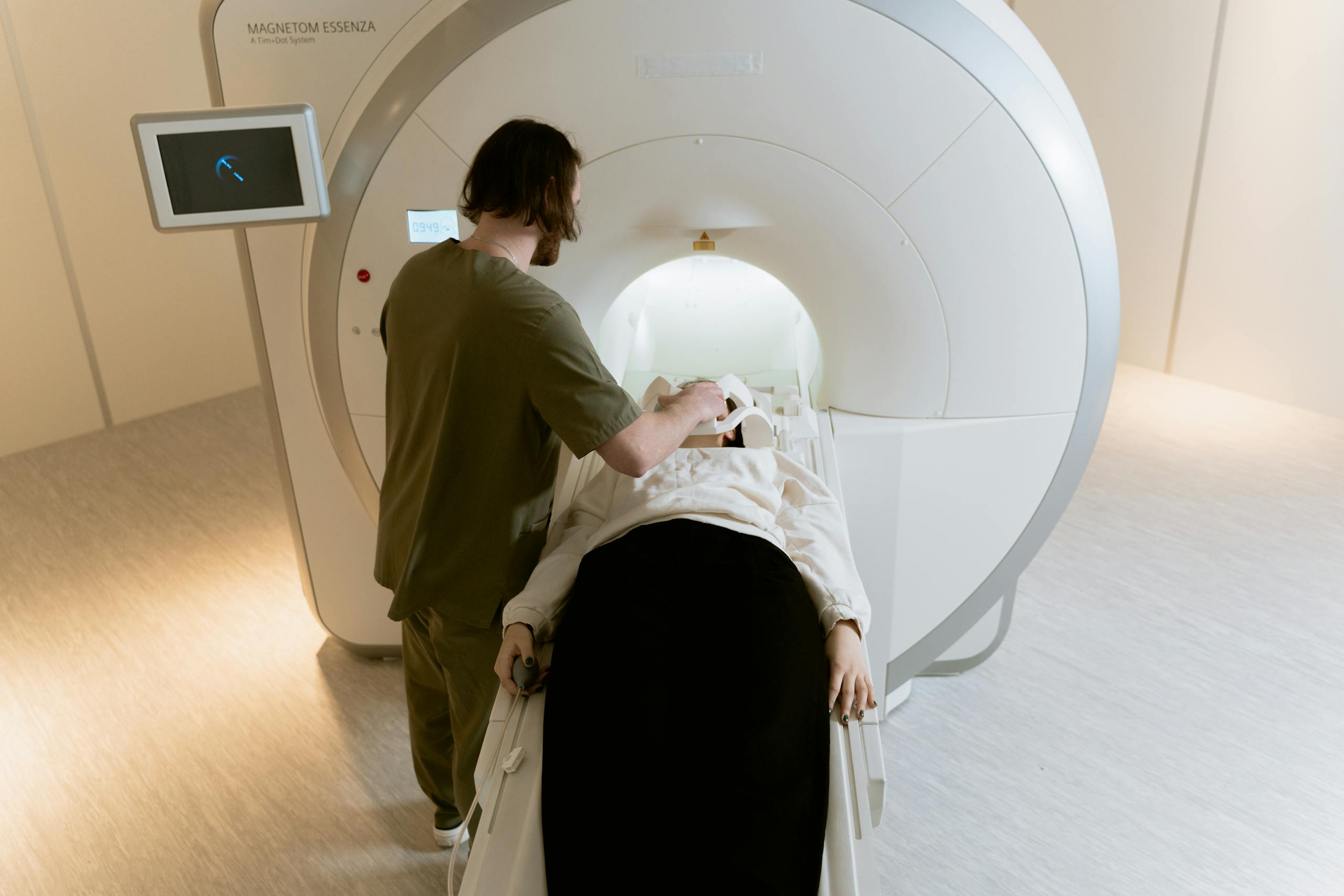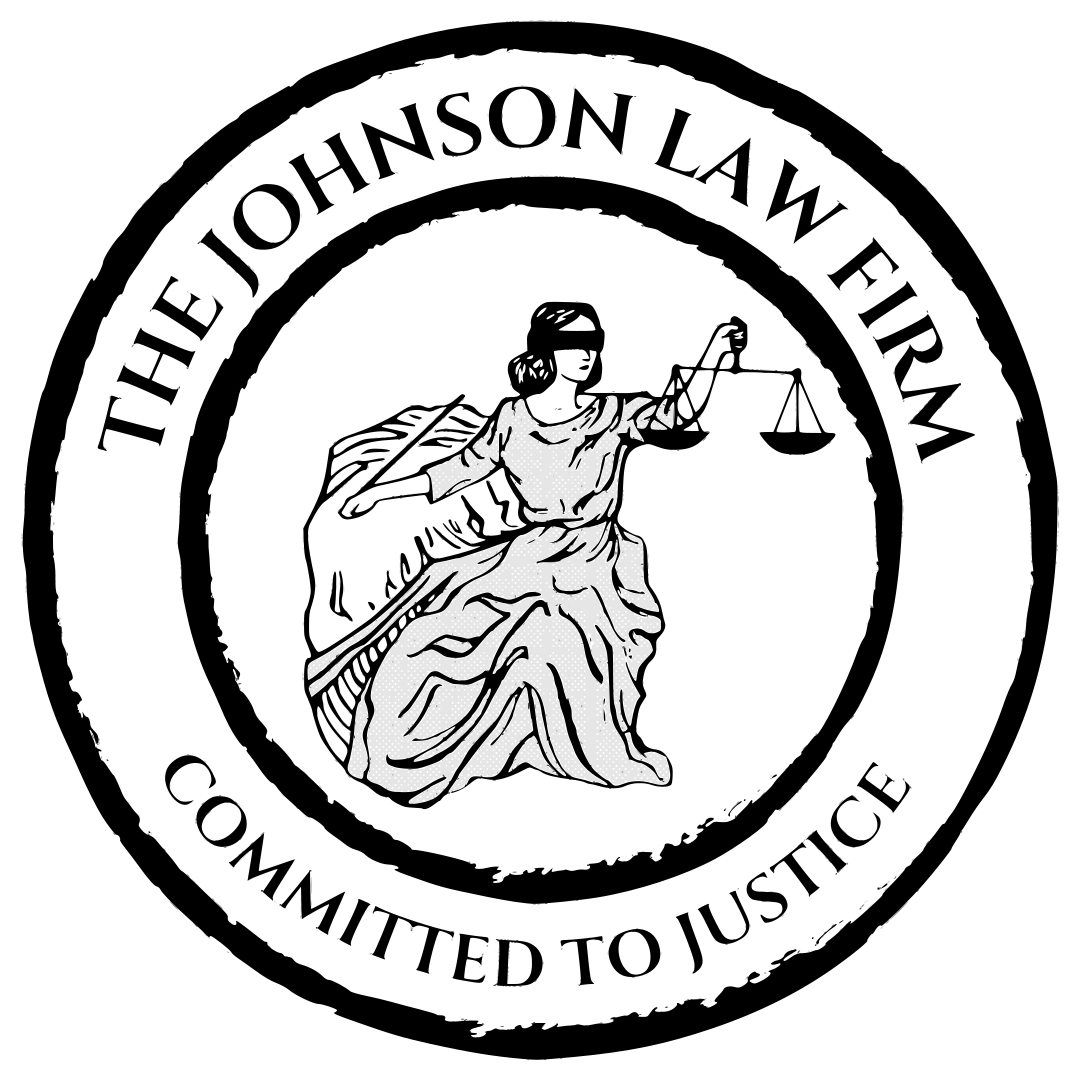Gadolinium MRI Lawsuit
Gadolinium Contrast Agent & NSF/NFD Risk • Free, No-Obligation Case Review • Trusted National Counsel
Gadolinium MRI Lawsuit Quick Facts
If you – or someone you care for – was exposed to gadolinium-based contrast agents during an MRI and developed NSF (nephrogenic systemic fibrosis) or NFD (nephrogenic fibrosing dermopathy), you may qualify for compensation through a Gadolinium MRI Contrast Lawsuit.
Free Gadolinium MRI Case Review
CALL NOW: 1-866-374-0338
Do You Qualify for a Gadolinium MRI Contrast Lawsuit?
Medical Criteria
Most claimants meet at least one of the following:
Preferred Documentation
If you don’t yet have these, our team can help you secure them
Even if you’re unsure about your records, our legal team can confirm whether you qualify for a Gadolinium MRI Contrast Lawsuit.
Get a free gadolinium case review →
NSF/NFD Warning Signs You Shouldn’t Ignore
Skin Tightening & Hardening
Joint Stiffness & Pain
Swelling in Extremities
Itching & Burning Sensations
Muscle Weakness & Fatigue
Organ Fibrosis Symptoms
ALERT: Early identification of NSF/NFD improves treatment outcomes and strengthens your legal claim. If you’ve had kidney impairment during your Gadolinium MRI, inform your doctor right away.
Gadolinium MRI Lawsuit Timeline
Explore the key medical and regulatory milestones that shaped NSF/NFD claims.
1997: First NSF Cases Identified
2006: FDA’s First GBCA Safety Communication
2007: MDL No. 1909 Established
2022: $5 Million Omniscan Verdict
Harmed by Gadolinium MRI Exposure?
If you – or someone you care about – developed NSF or NFD after receiving a gadolinium-based MRI contrast agent, contact us for a free, no-obligation case review.
or
With over 30 years of mass-tort experience and more than $100 million recovered for clients nationwide,
The Johnson Law Firm has the expertise and resources to pursue your Gadolinium MRI Contrast Lawsuit.
You pay nothing up front – our contingency-fee promise means we only get paid if you do.
Real Results From Real Clients
“JLF took care of us excellently. The outcome made our life a little more comfortable. We couldn’t be happier with how they dealt with things and how the outcome was.”
— Daniel R. T.

How a Gadolinium MRI Lawsuit Works
When gadolinium contrast agents cause NSF (nephrogenic systemic fibrosis) or NFD (nephrogenic fibrosing dermopathy), U.S. product-liability law lets you seek compensation for the harm you’ve suffered. Here’s the roadmap:
Results-Driven Representation: With deep MDL experience and top toxic-tort experts on our side, The Johnson Law Firm builds powerful Gadolinium MRI Lawsuit claims so you can focus on your health while we pursue the justice you deserve.
Our Gadolinium MRI Lawsuit Process
At The Johnson Law Firm, we guide you through every phase of your Gadolinium MRI Contrast Lawsuit – combining national MDL expertise, medical‐toxicology consultants, and aggressive advocacy to maximize your compensation.
Our Process:
Results-Driven Representation: Focus on your health and healing—while we pursue the maximum justice and compensation you deserve in your Gadolinium MRI Contrast Lawsuit.
